Interviews with fashion designers often seem to revolve around superficial automatisms of the fashion industry, which from one day to the next can see a person catapulted into fashion fame, or fall to the bottom of yesterday’s news. Wibke Deerz has bypassed this framework altogether. Instead of agonizing about coming, going, or returning trends, she simply decided to improve her life completely by avoiding traditional industry peer advice and traveling abroad to develop her unique business approach, free from expectation.
By following the advice of her Vietnamese Kung-Fu master, she temporarily relocated her production to Hanoi and Bangkok where she rented a house in order to generate entire collections. While on this extended trip, Wibke quickly found herself part of an extended entrepreneurial Indian family who were instrumental in assisting her while abroad. This change of scenery did nothing to distract Wibke from her creative appetite and work as her successful men’s label, A.D.Deertz, continued to grow. Together with the label Homecore, she also produced her first women’s collection, if for no other reason than to “finally have something to wear.” Additional collaborations have continued to surface, including one with men’s boutique Altona Adler in Berlin’s sister city of Hamburg.
Whoever visits Wibke in her store, will not only encounter a diverse world of textures and souvenirs from endless travels, but also take away anecdotes that transport one far away from the seemingly-endless Torstraße in Berlin. Wibke is a globetrotter and one-person operation with an excellent work and life balance, the perfect combination.
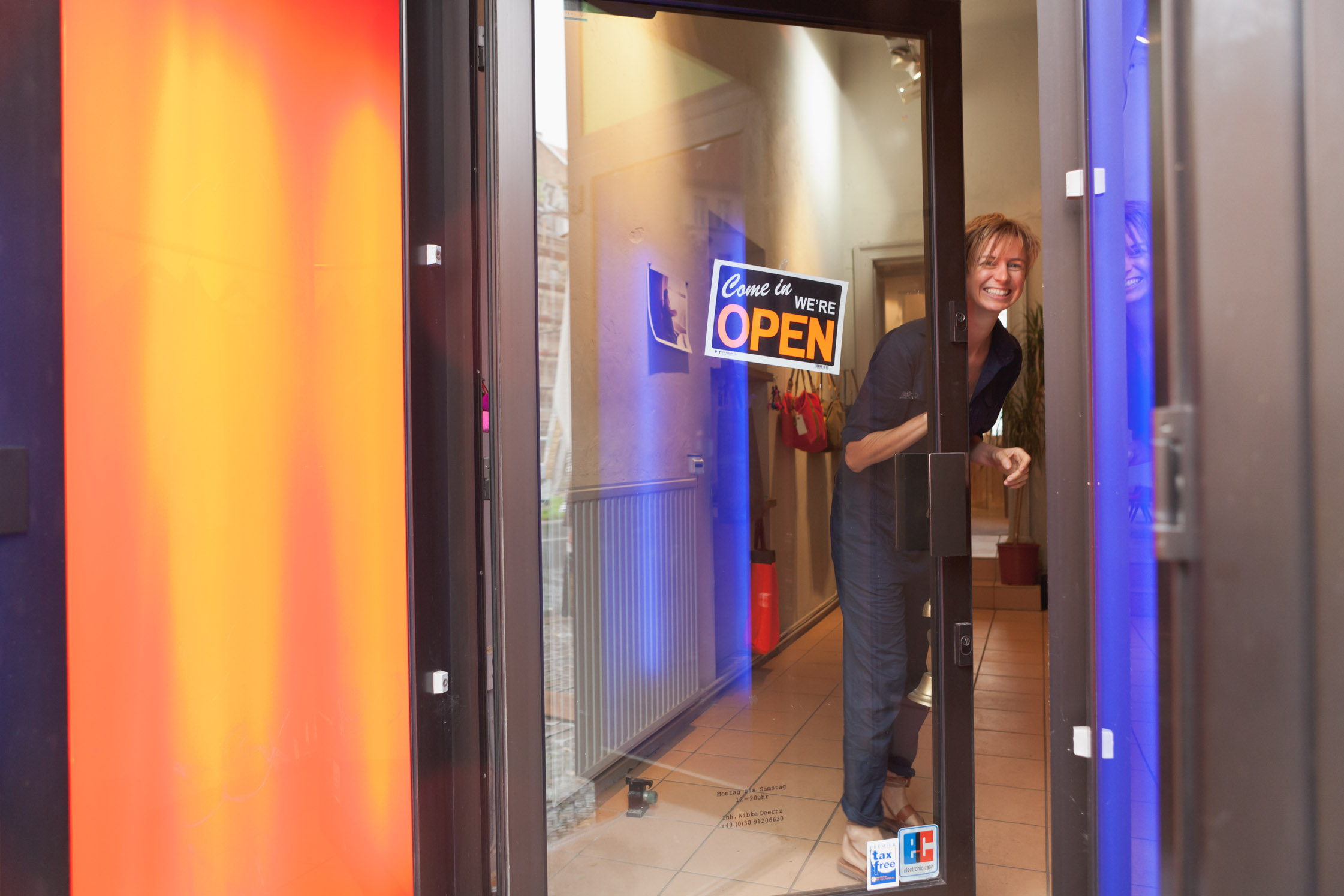
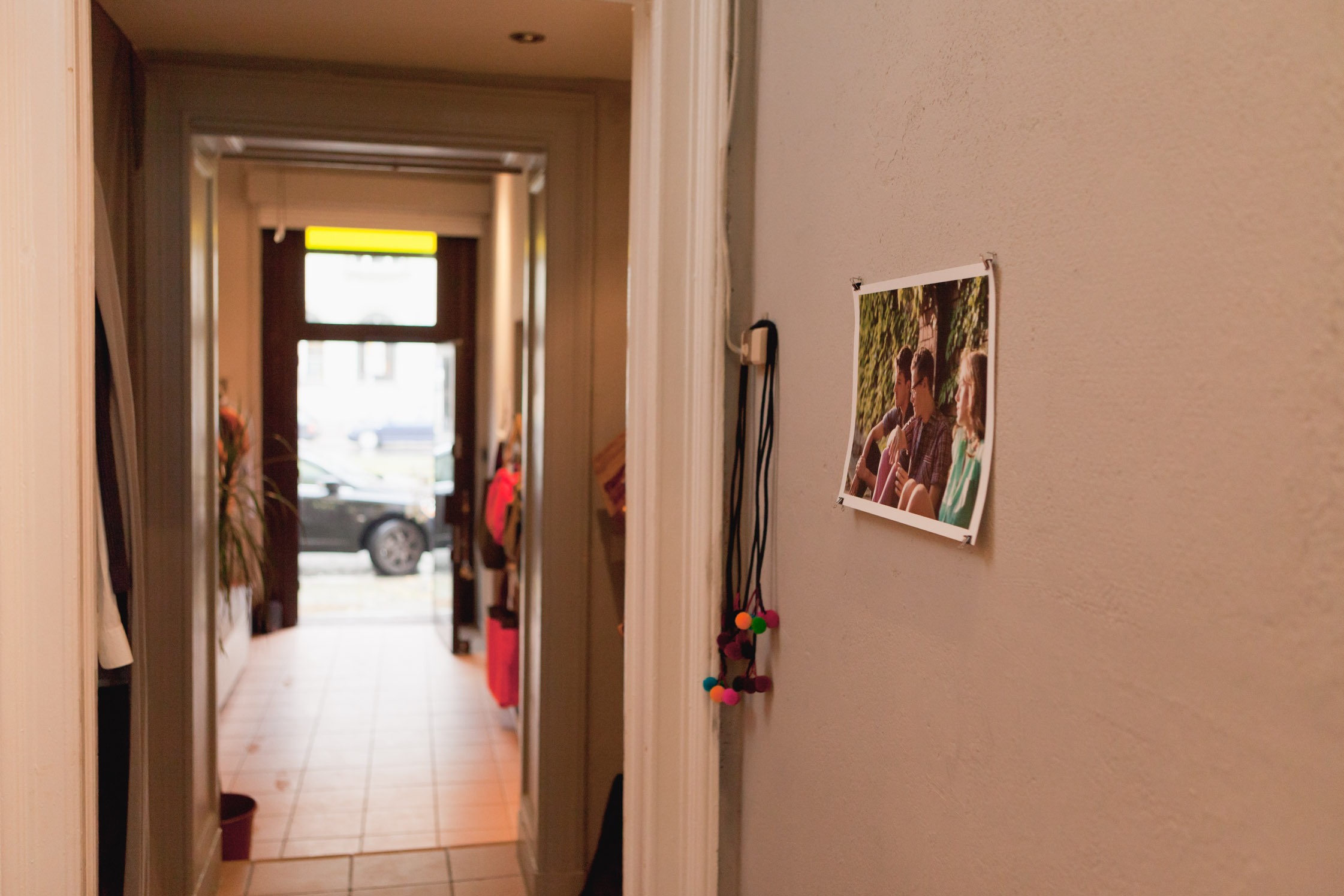
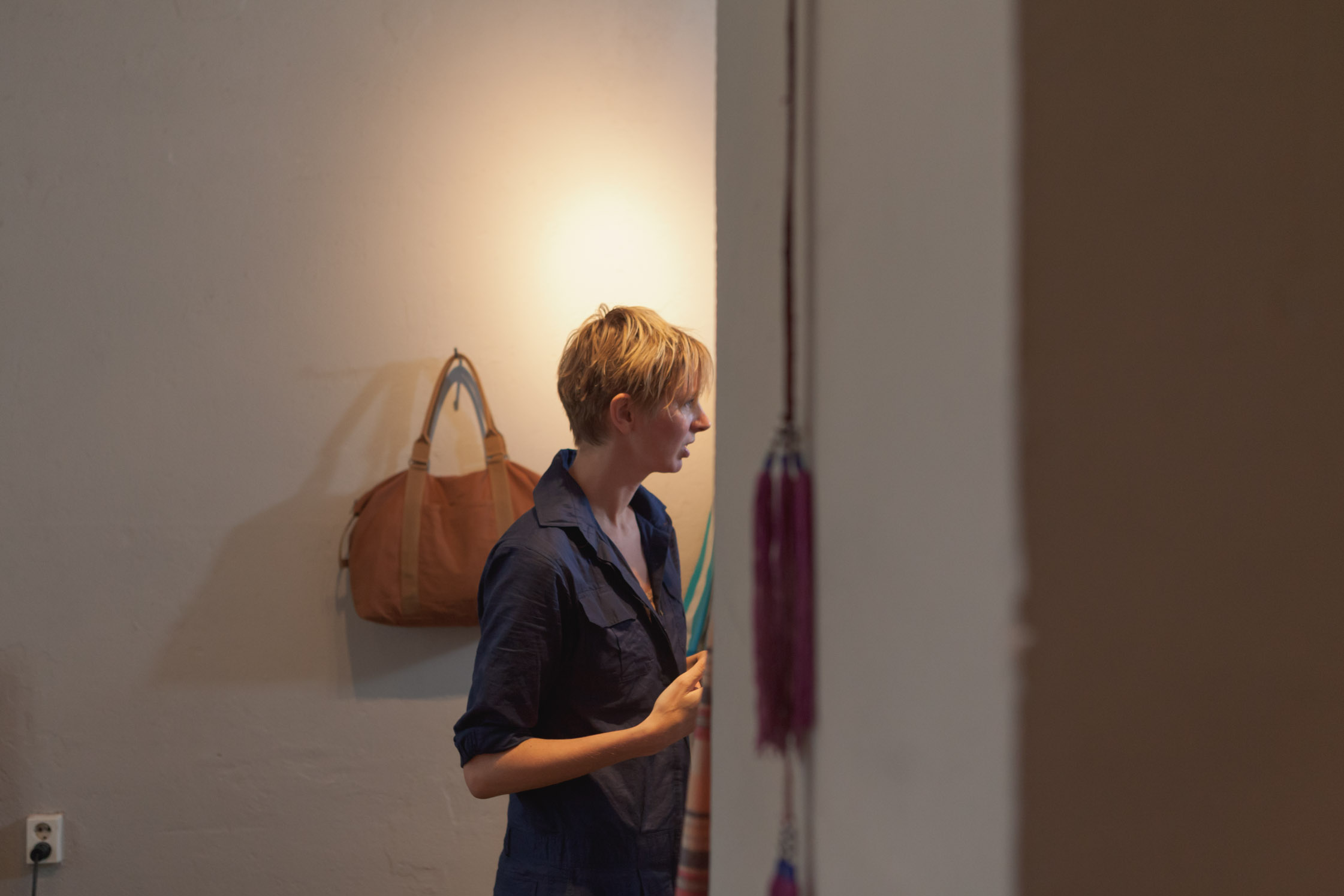
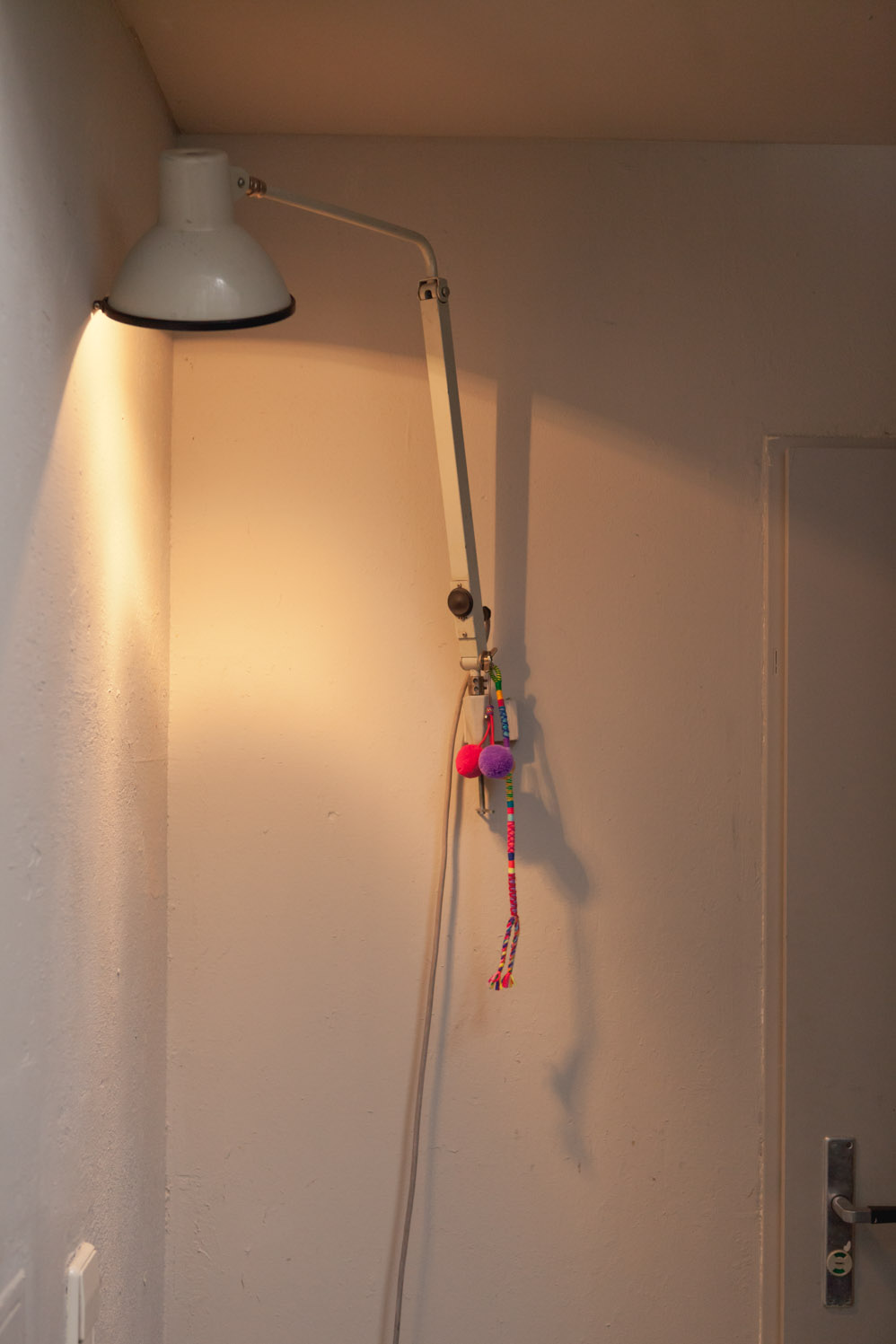
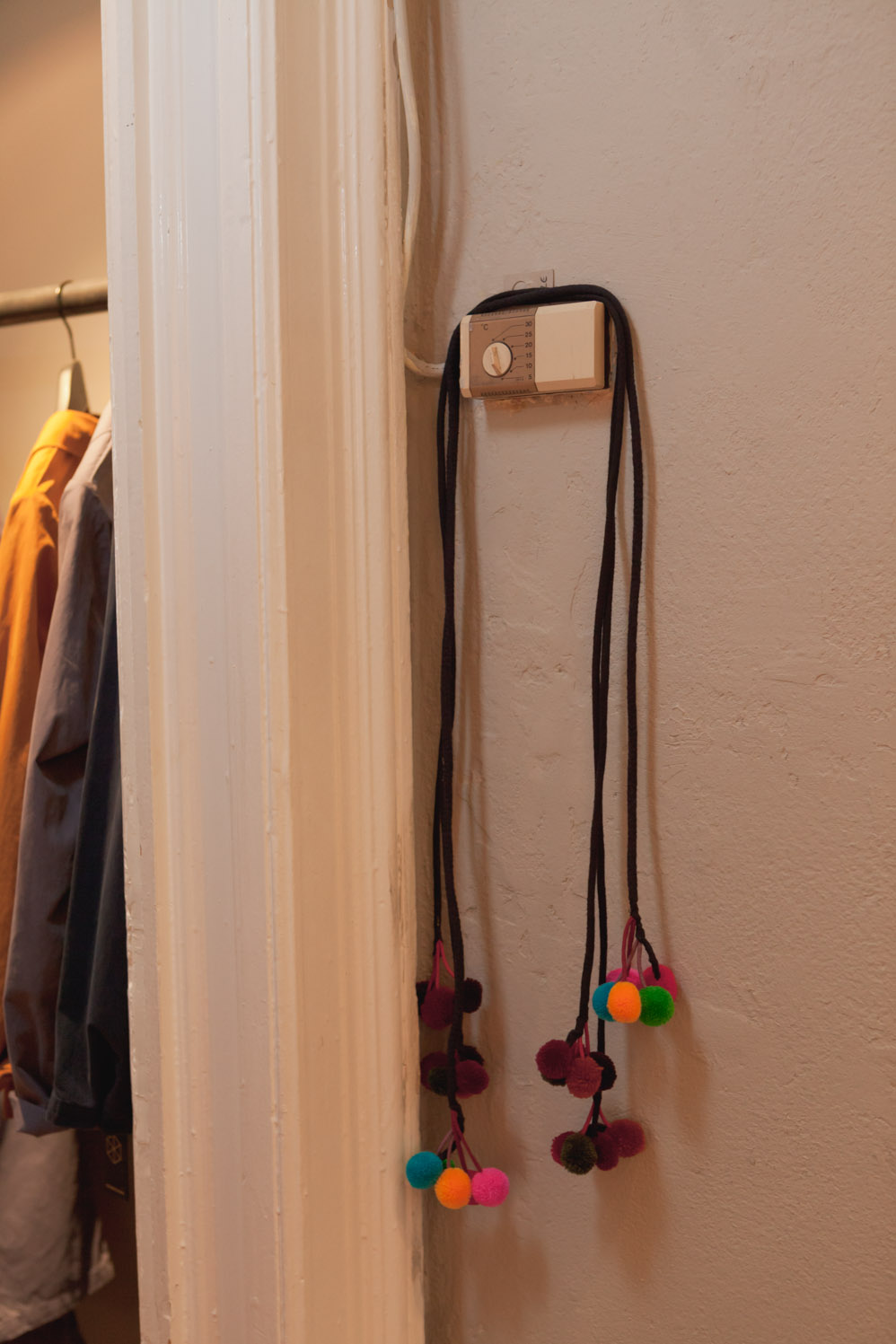
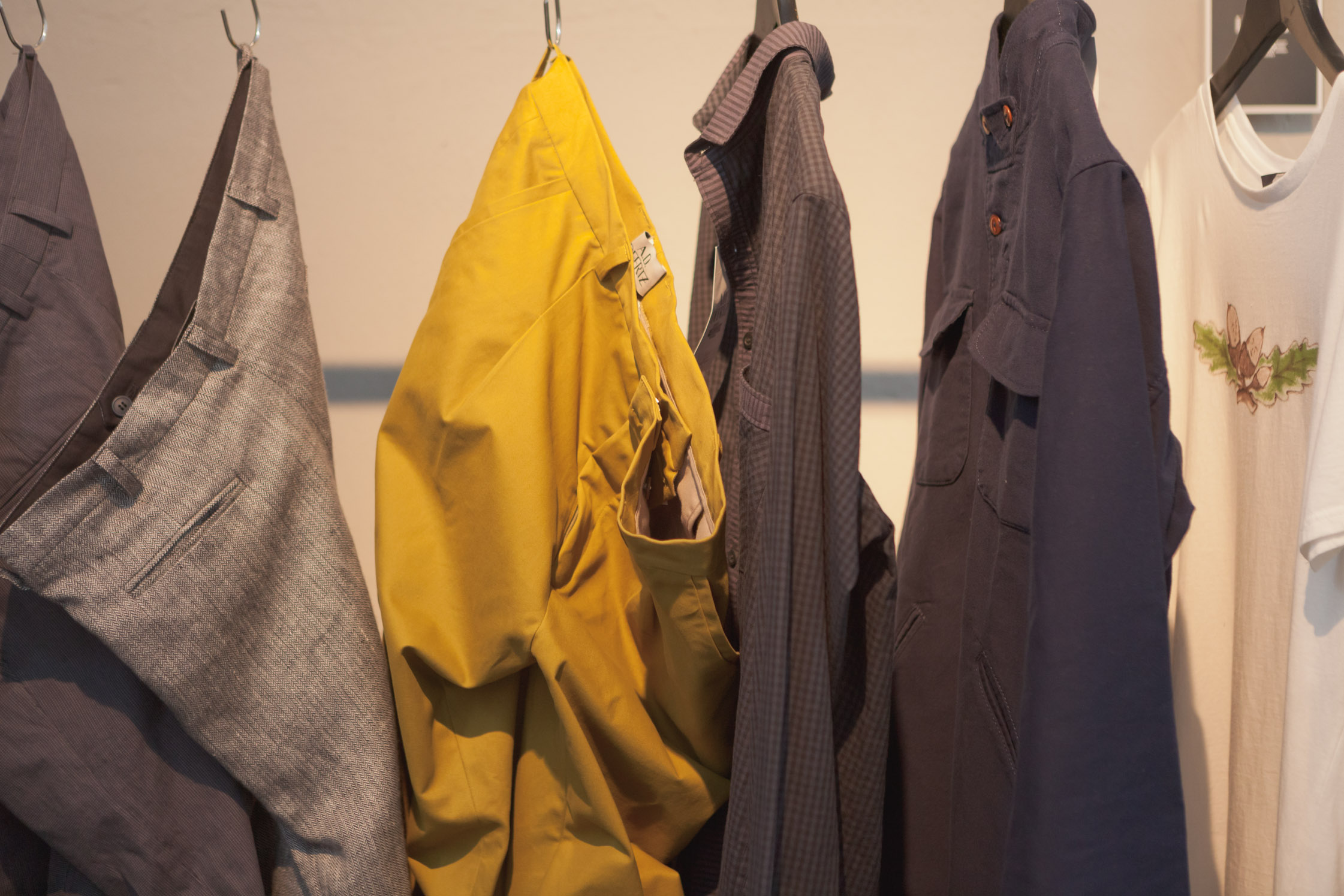
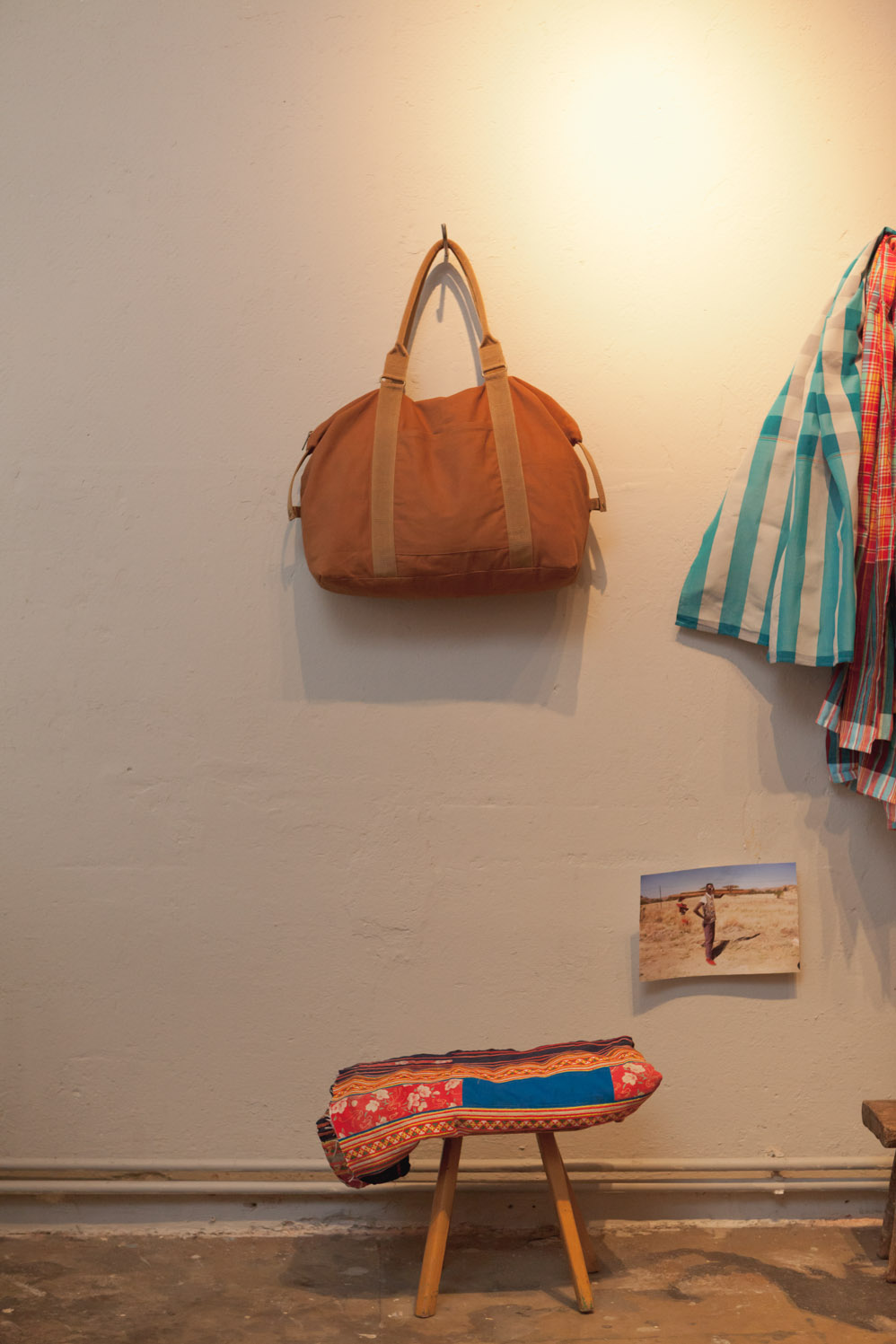
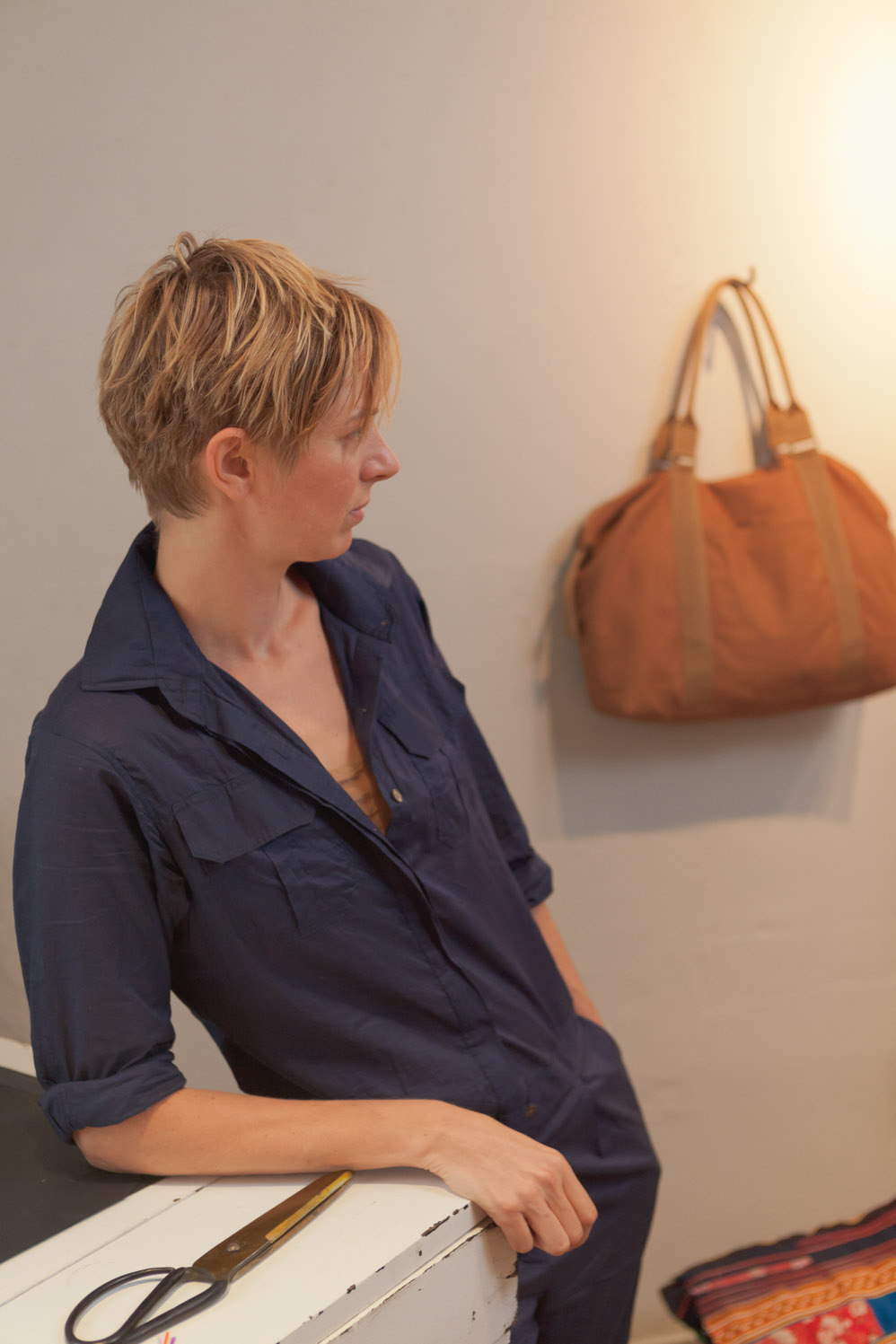
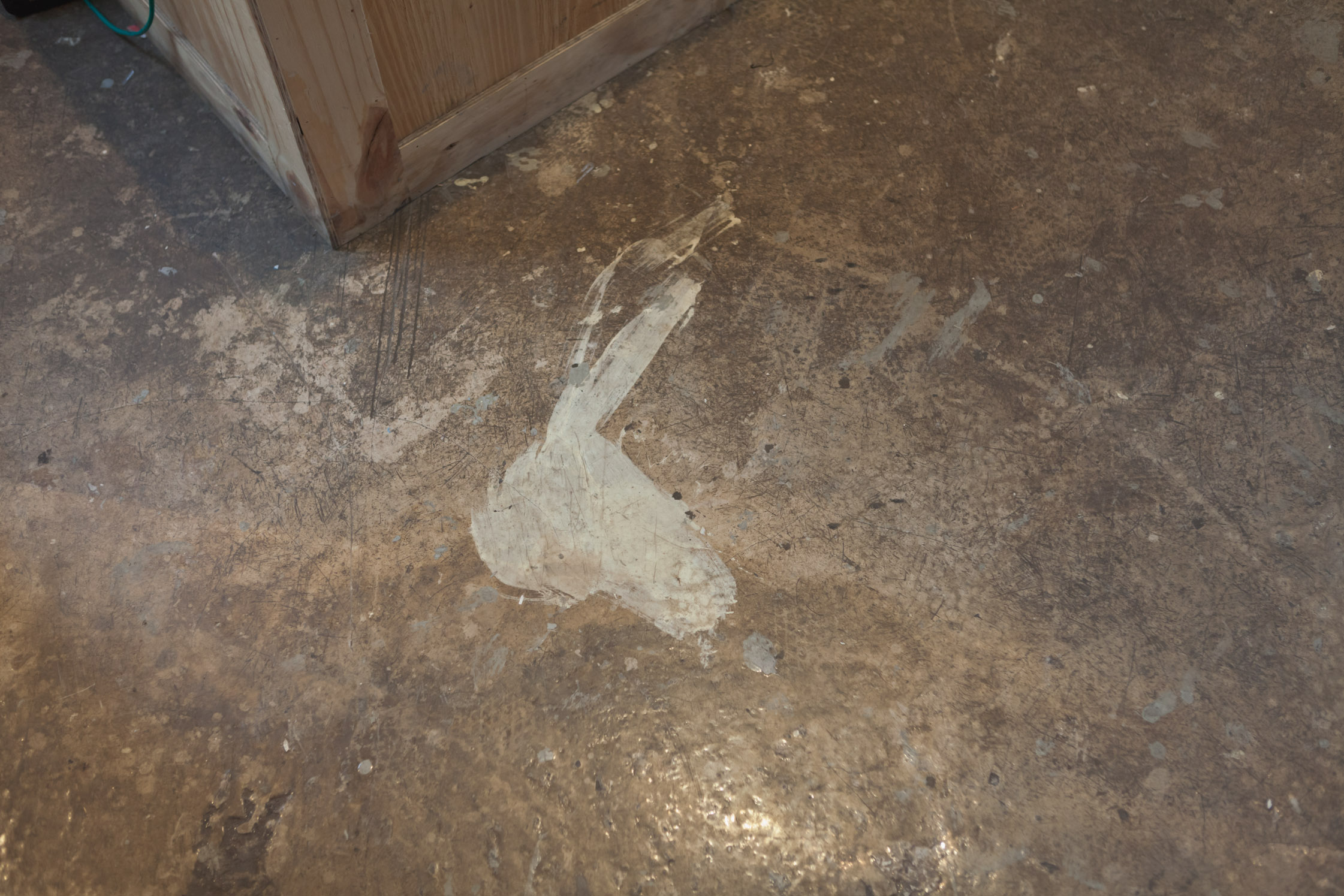
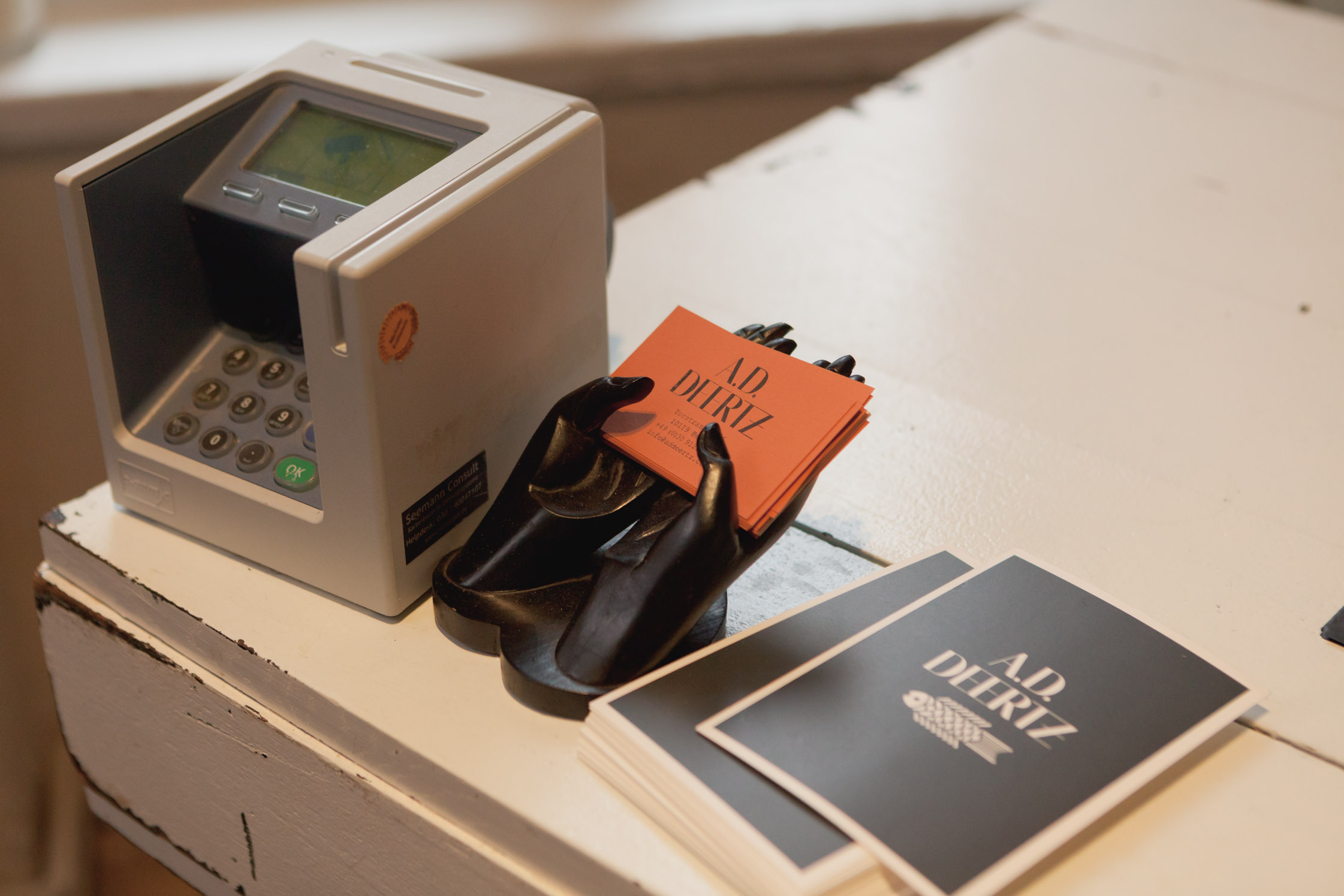
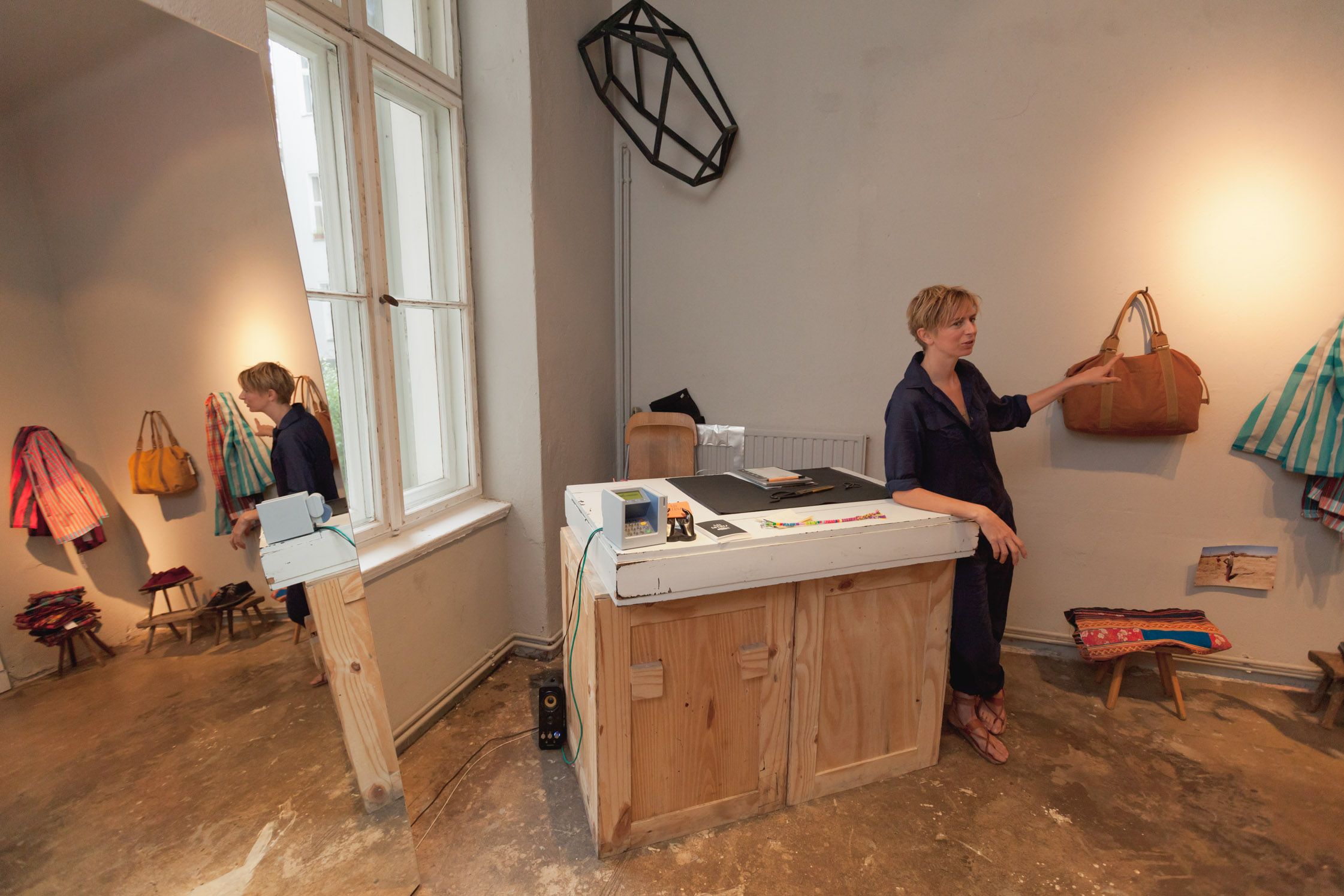
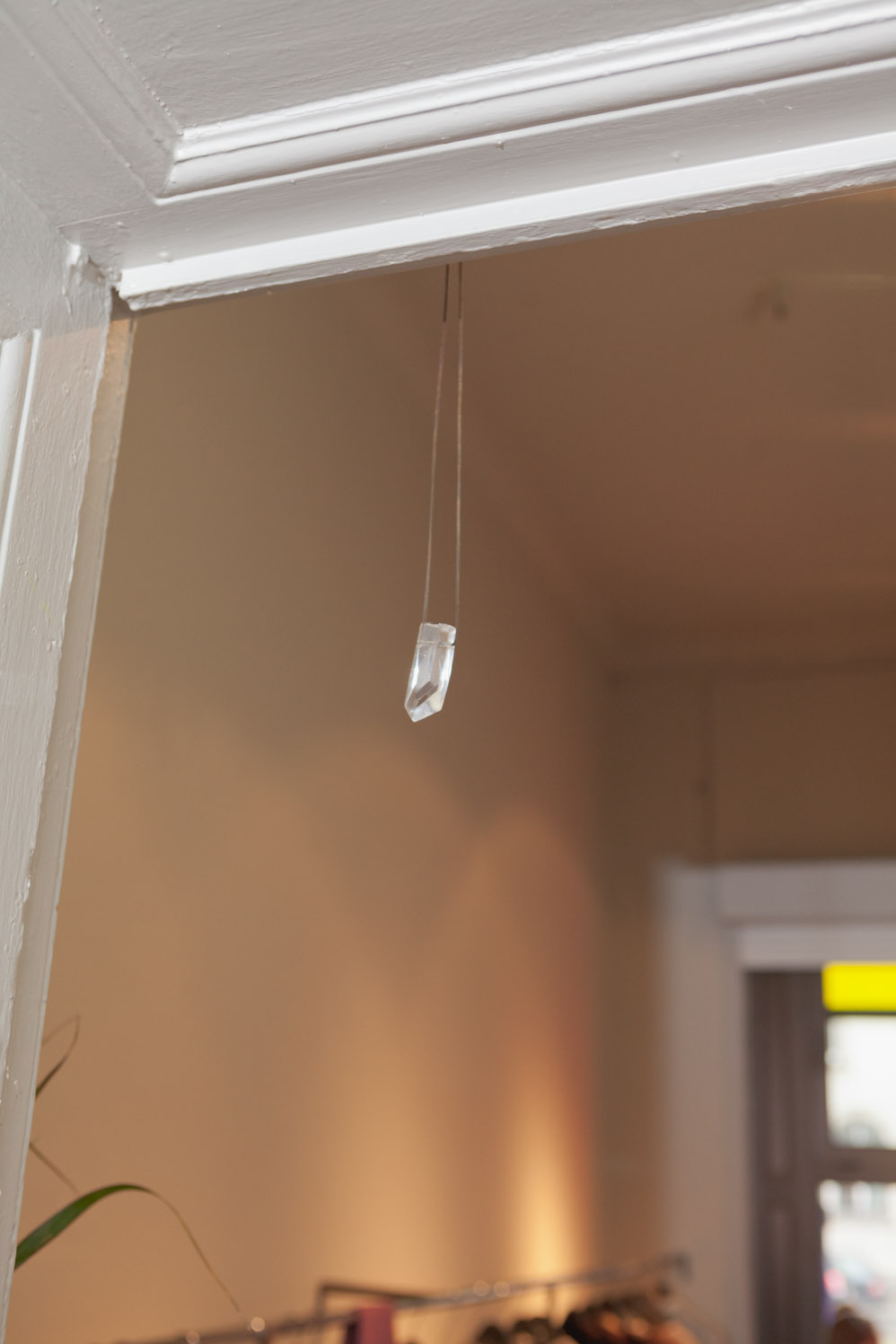
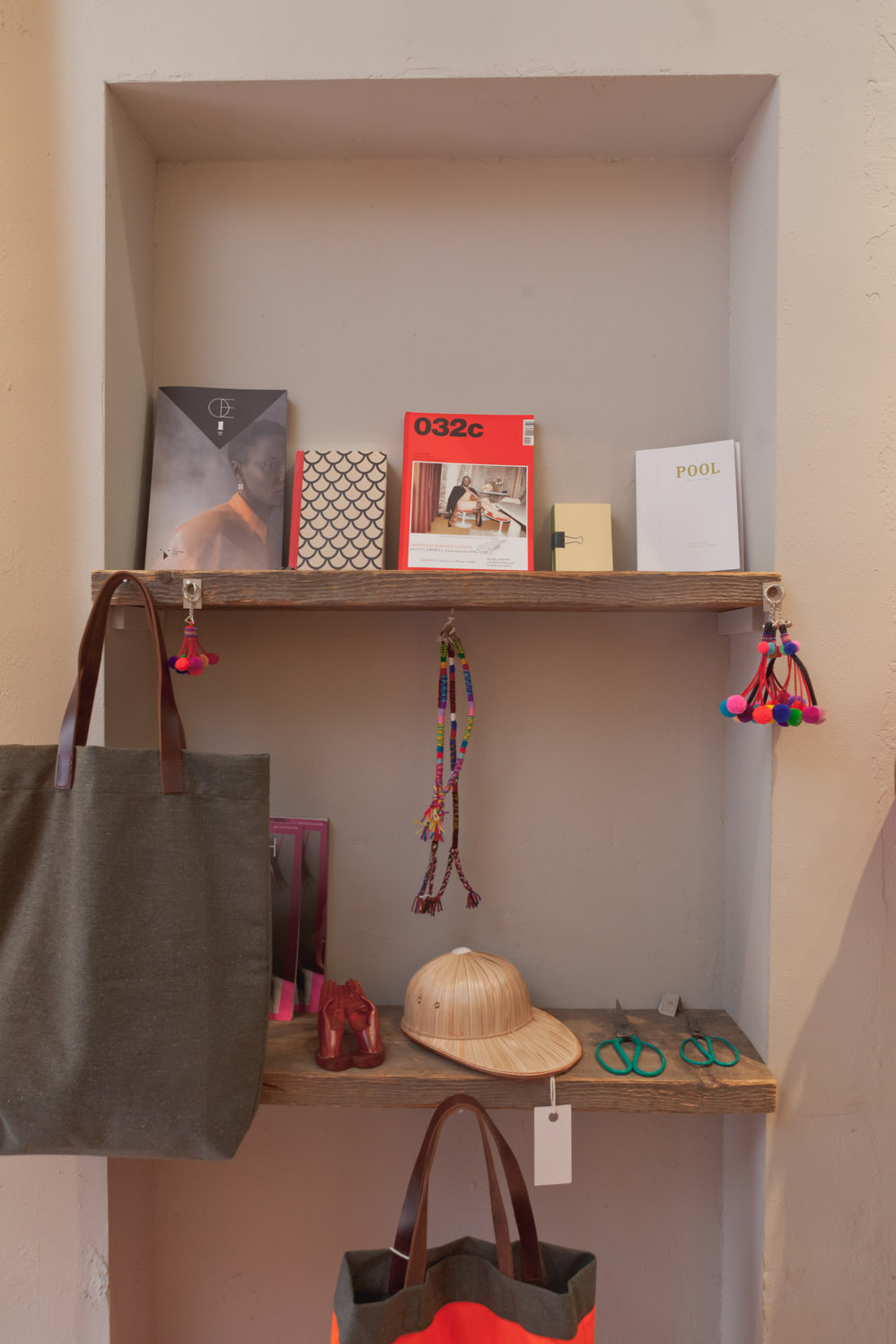
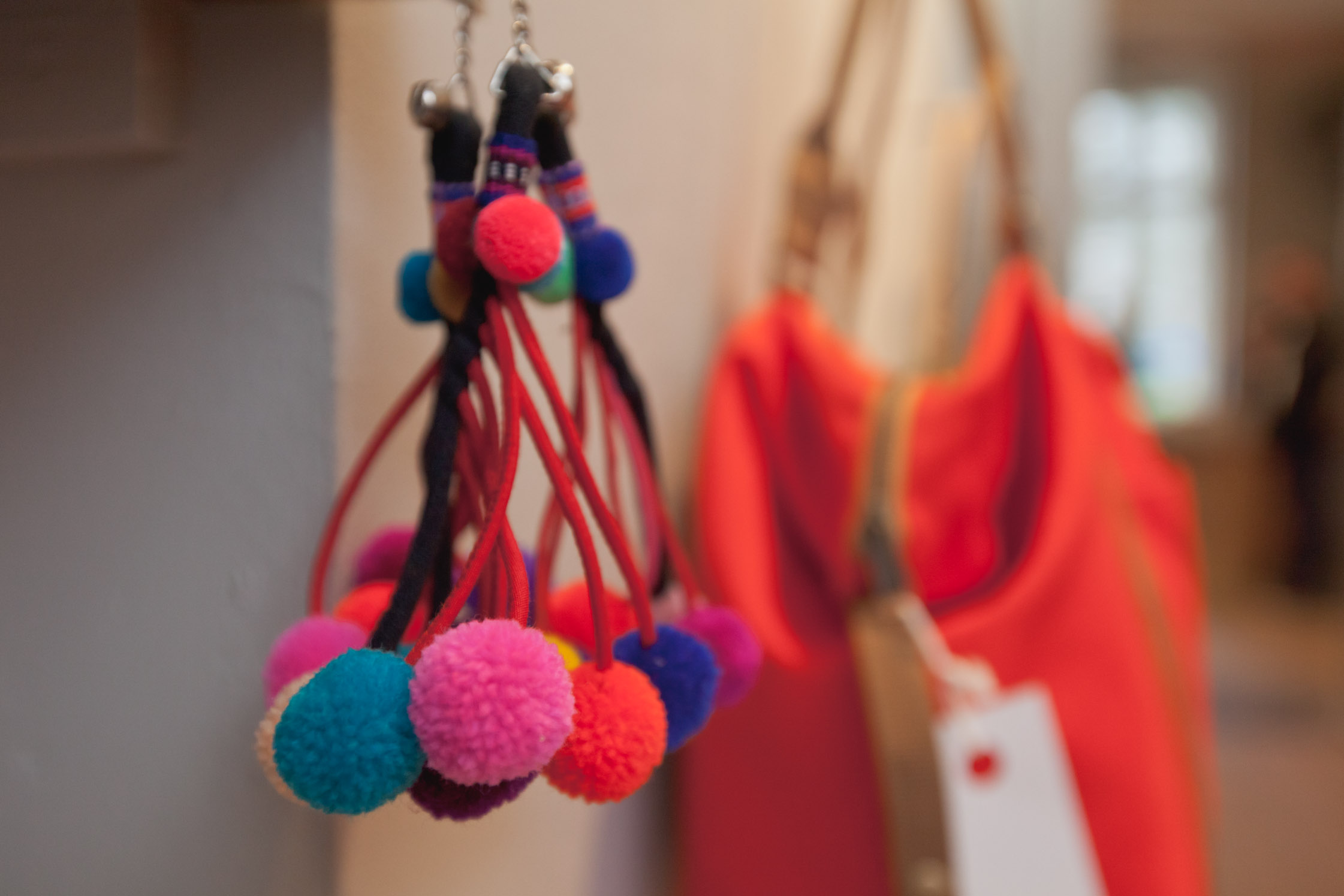
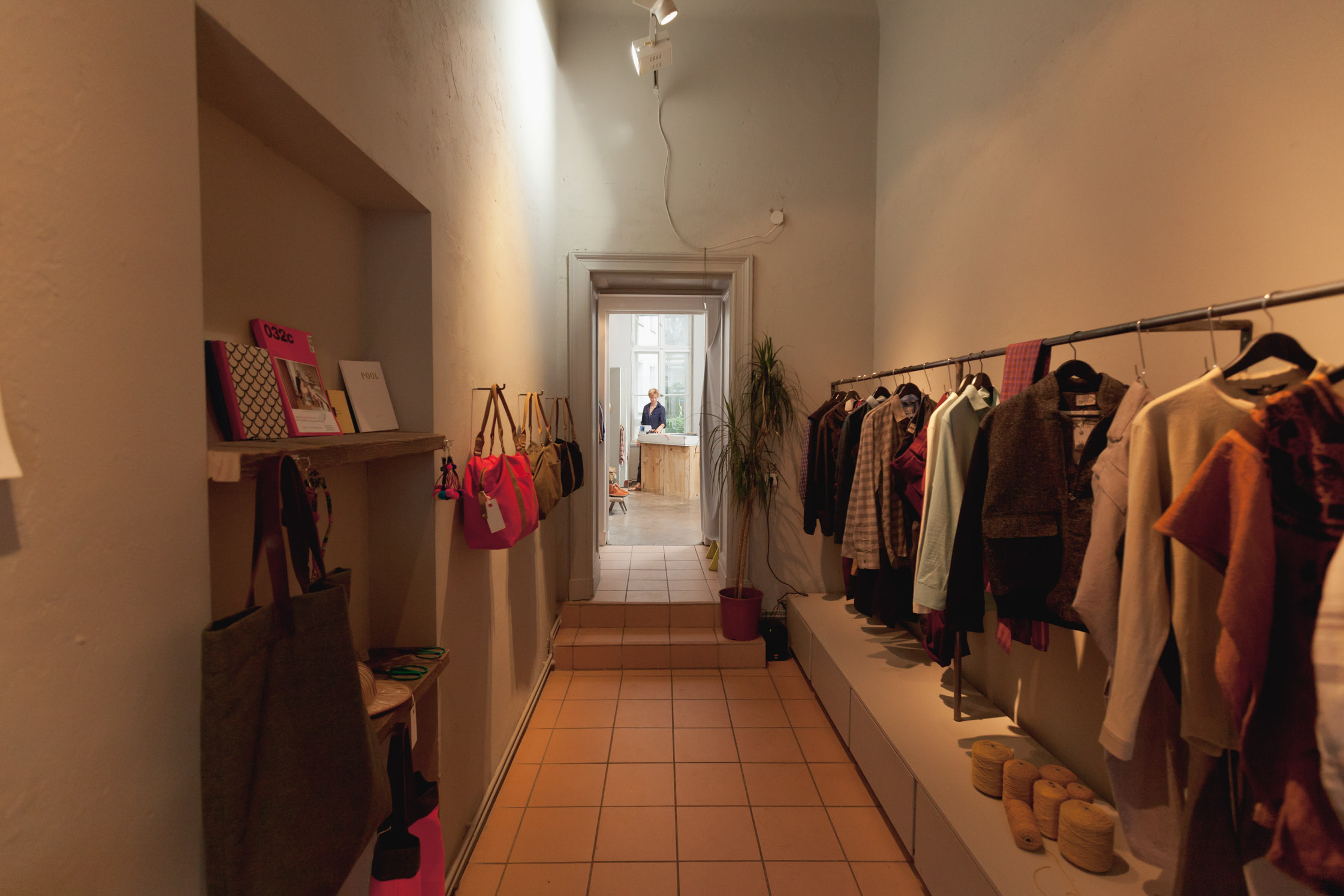
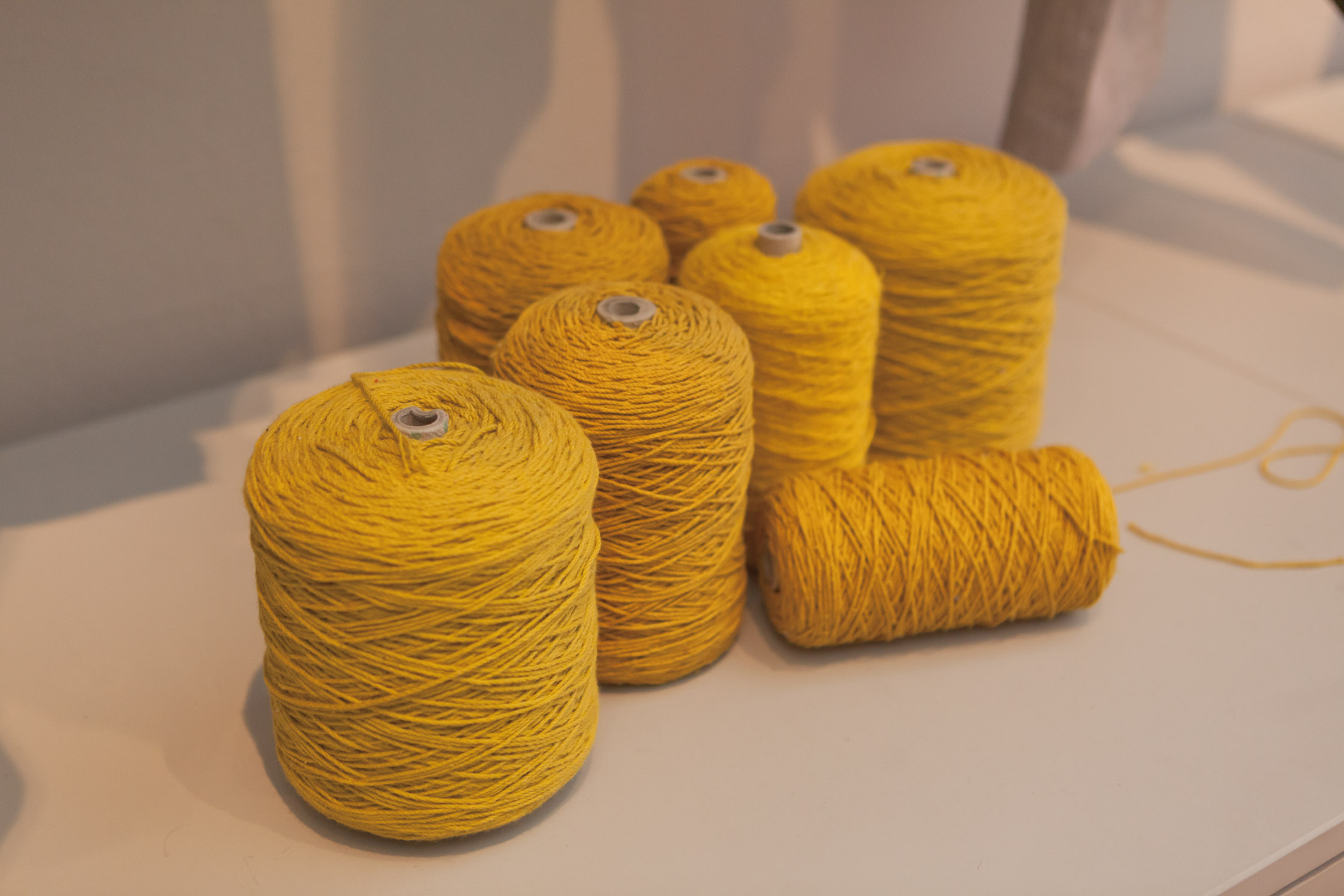
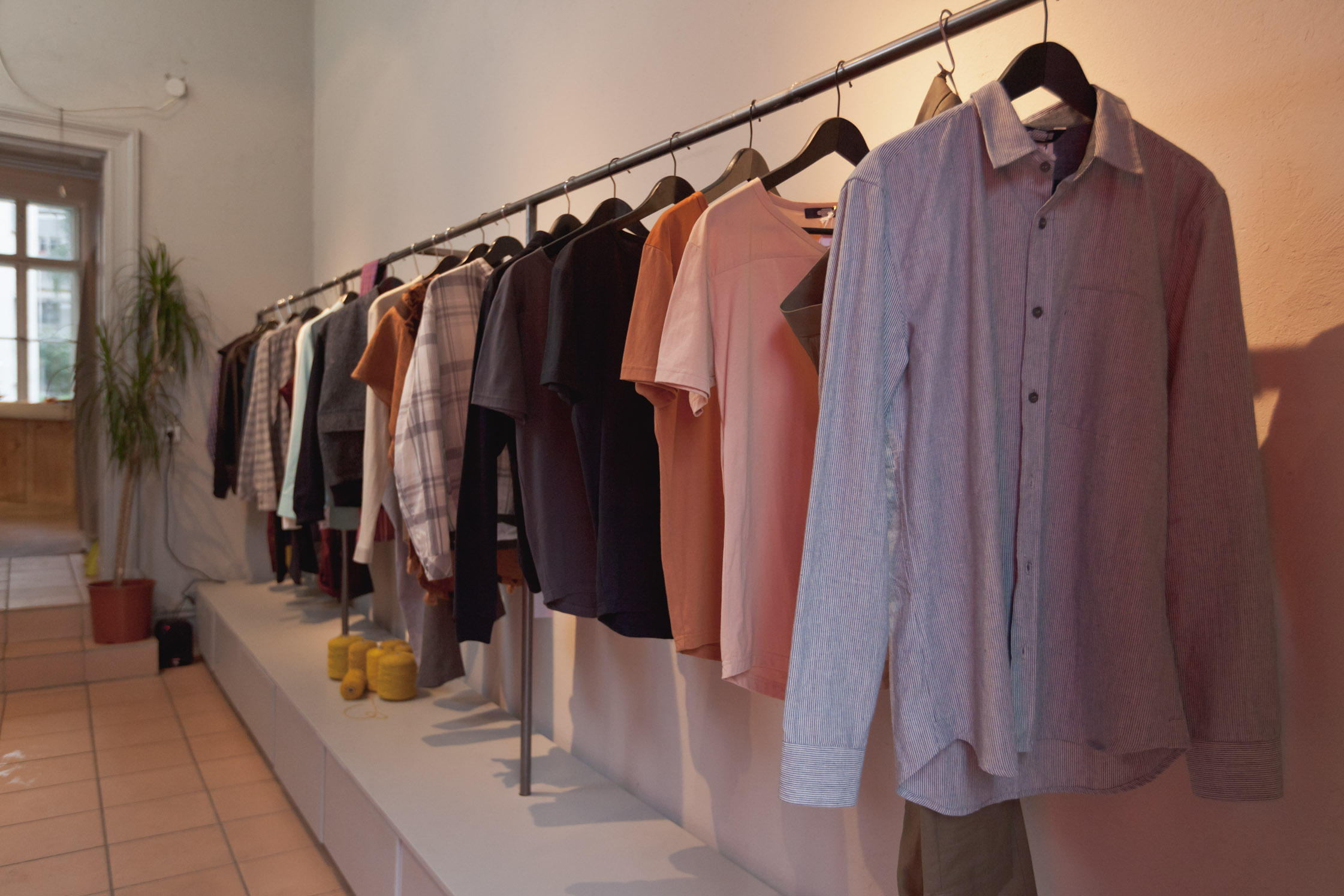
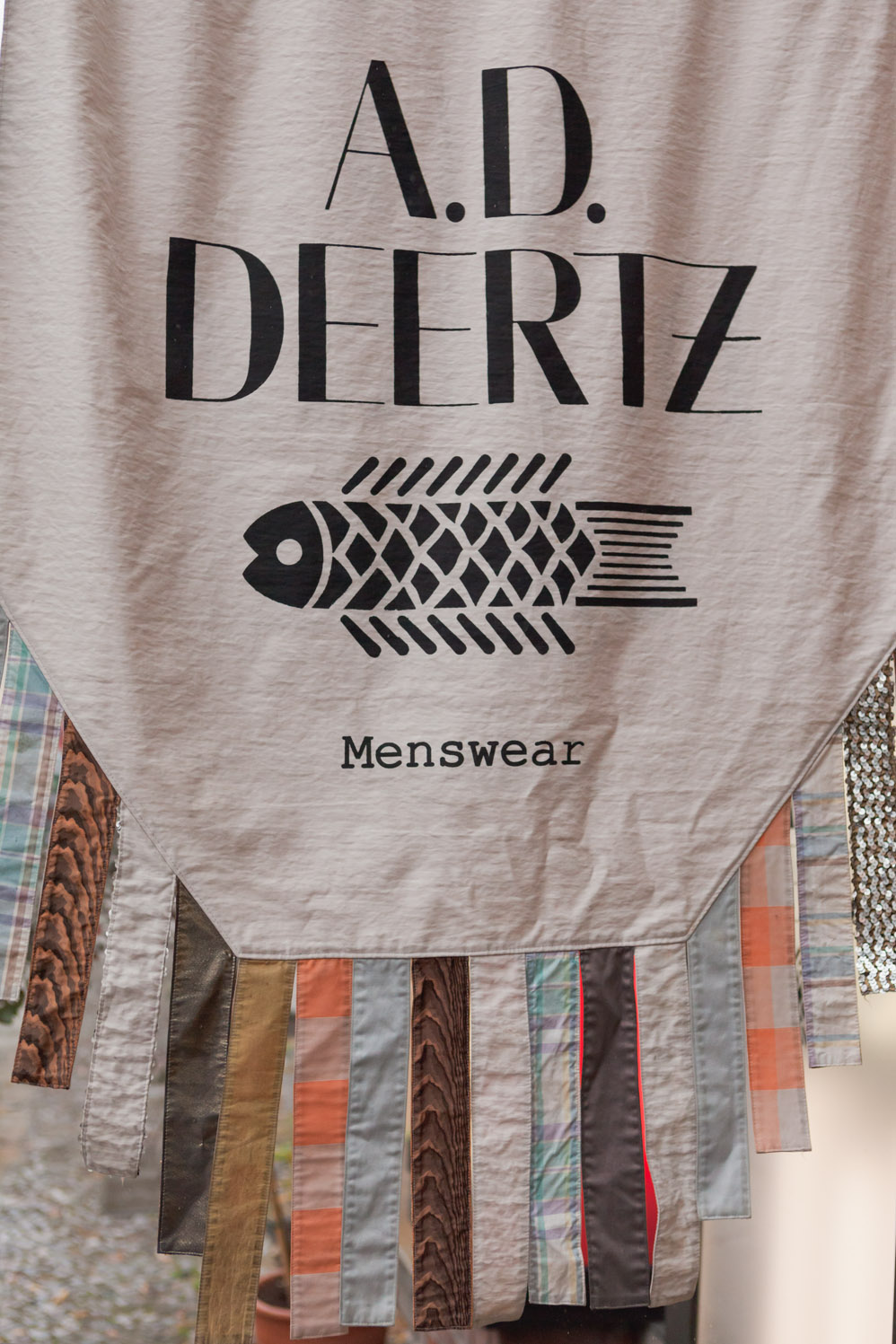
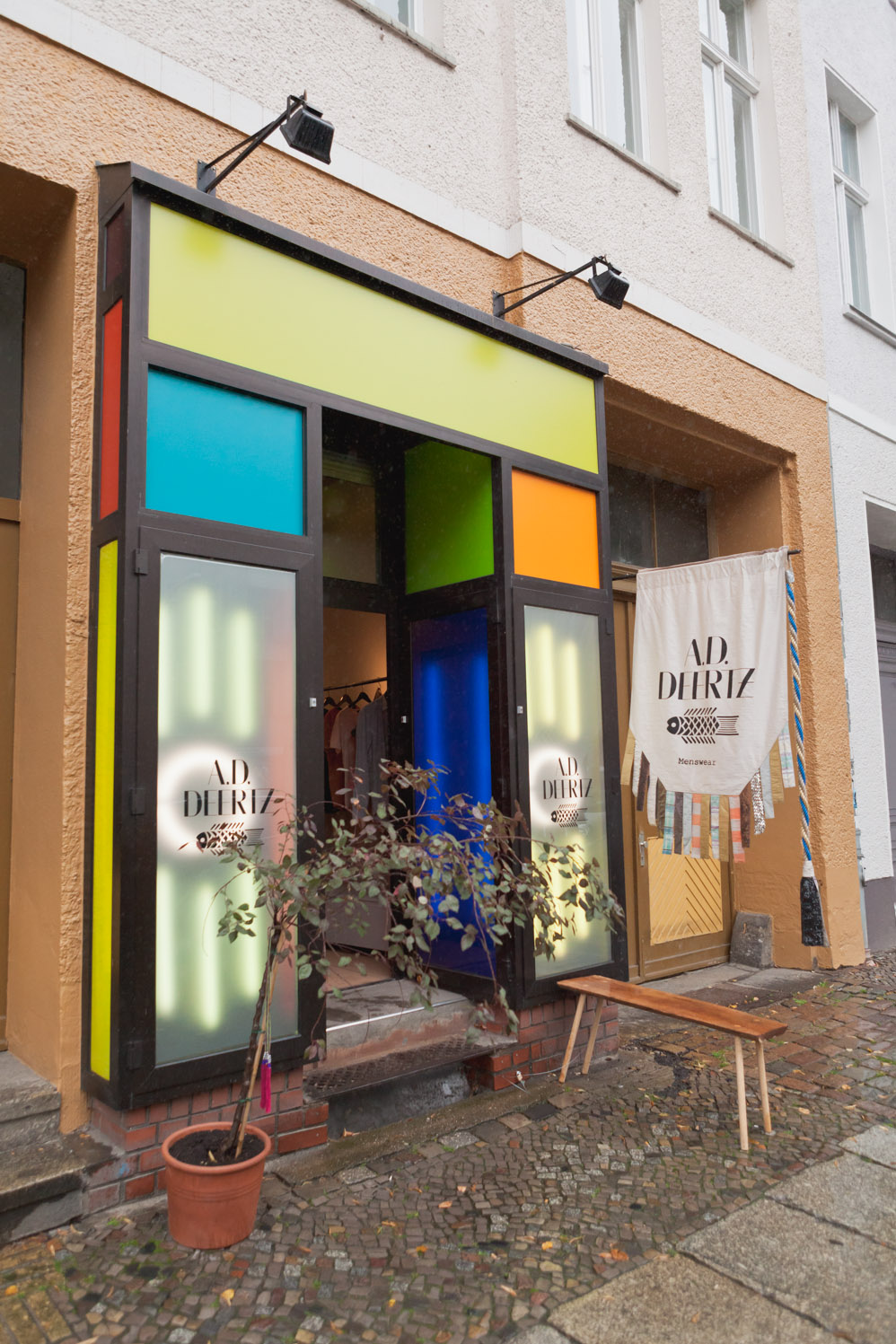
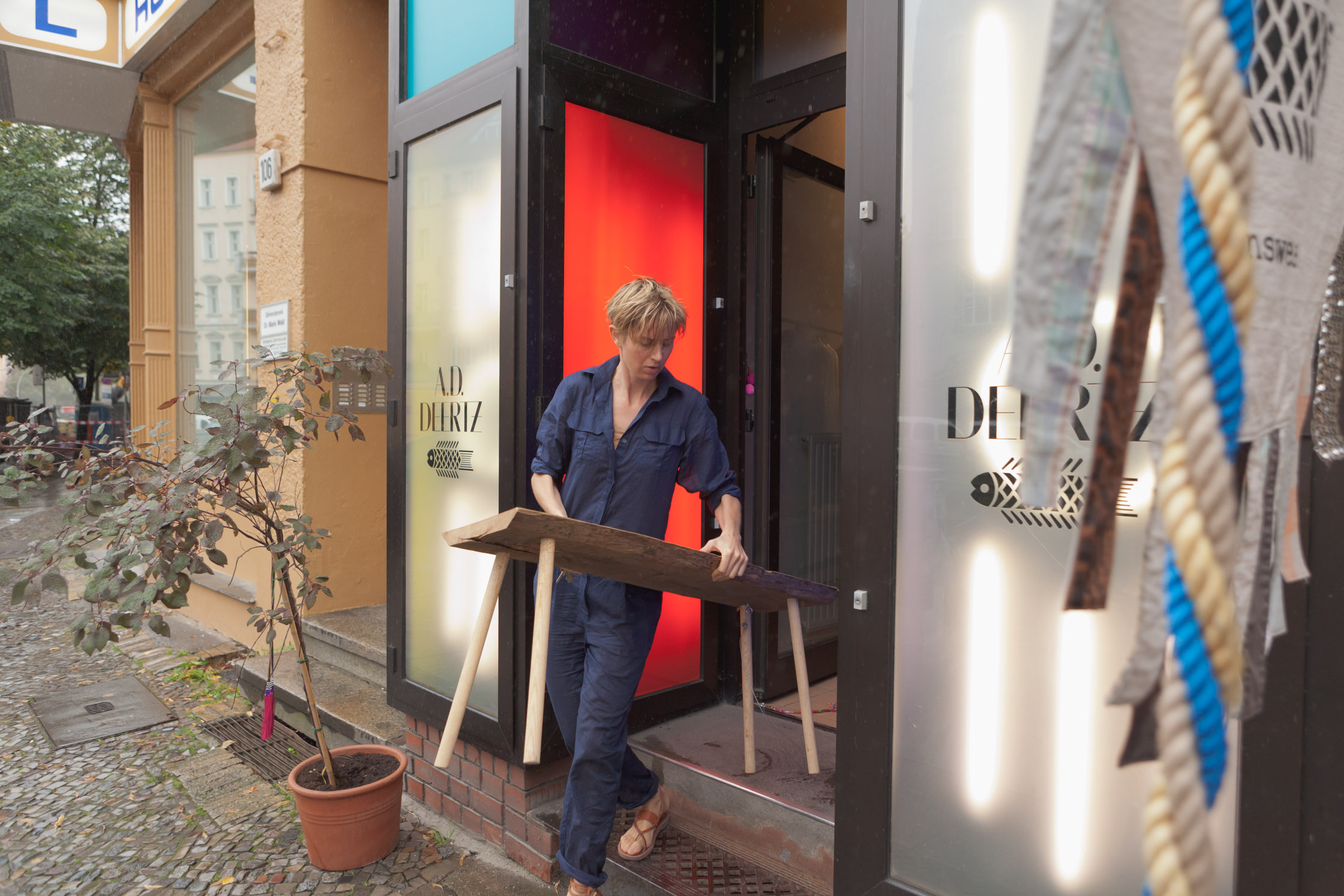
You actually studied sculpture. Would you say that this study functions as a foundation for other creative work?
There was always a saying at school: ‘There are 23 people in the semester, and only one of you will be an artist one day.’ The conclusion is obvious, the others need to find something else. The German word for sculpture is something antiquated. It is not about tapping stones and forming clay. It is about working with space, something that can also be done with video or photography.
What made you switch to fashion?
I moved from the Netherlands to Berlin around 1998. I was aware that there were areas and subjects I had no idea about. I decided to study at Humboldt Cultural Sciences, where I took a seminar focused on certain German prejudices in regards to other cultures. My thesis particularly examined the identity of fashion. That’s when I realized that fashion wasn’t so platitudinous and I decided to take a closer look. Then one thing followed another. Basically it was learning by doing.
So you never had a fashion education. How did that work out?
Well, I thought about that too at the beginning. But then I realized that my art education helped me in the sense that everything is possible. At least that is how it worked at the university in the States. The lecturers were old-school hippies who let us do what we wanted.
Was it something fixed to create a label from the very beginning?
No, it was very different. We were young and everything was so relaxed. We created without really thinking about the aspect of selling. We couldn’t have cared less about that.
But eventually the first item sold?
Yes. That happened relatively fast. We immediately had a PR agent and a showroom, ToTe. Our T-shirt collection was hanging next to designers like Raf Simons. It was quite funny.
You already talked about your approach to fashion. Are you interested in the surrounding world of fashion?
That is always difficult to answer. On one side it doesn’t interest me whatsoever and I find it strange when people are really into the fashion culture. But on the other side, I really enjoy doing it. You get to be very productive, which I appreciate because it comes with a reward.
If fashion is a frame of reference that interests you, where do you find the biggest inspirations for your drafts?
I travel a lot, which gives me plenty of things to be inspired by.
Speaking of traveling, where does it take you?
It varies. The last six years I spent a lot of time in Asia. But before that I worked for half a year in Buenos Aires. My Asian obsession occurred independently from work. I started at a Kung-Fu school and my master really wanted to open up a business with me in Ho Chi Minh City. I decided to go there and take a look at the place.
First I thought to myself, ‘Where the hell am I?’ But then I traveled a lot and met many interesting artists in Hanoi. Everything seemed to be about rebuilding there. Something new would happen and no one knew where it was going, but everybody had great energy for doing different things. Additionally, so many people knew how to sew well and I had the chance to experience something completely different.
So you started your production there?
Yes, I rented a house in Hanoi, established an atelier, and designed and produced a collection. Somehow life always works out and I experienced so many incredible things. It required great effort though. One is constantly faced with challenges when confronted with getting to know a new country and its culture.
Did the collaboration between you and the seamstresses work out straight from the start?
That was the funny part. At the beginning they didn’t want to work on my garments because they considered them ugly. They preferred a different aesthetic with glitter. Once I had traditional silk that I wanted to use for making a bomber jacket and the seamstresses responded, “No, I don’t feel like making it,” and sent me away. A bomber jacket with a zipper and that sort of silk was a no-go for them. I had to find someone who was willing to work with me.
Do you plan to produce in Hanoi or Asia again?
I basically produce everywhere. I had the problem of not finding the right textiles and the import was extremely difficult in Vietnam. You either have gigantic manufacturers that produce the textiles themselves or you buy the pieces tailor-made at the market. There is nothing in between, which is why I moved to Bangkok. I had many great experiences there as well.
Please tell us more.
I met an Indian mercer family there. They were probably the coolest people I have ever met in my entire life. They helped me a lot and tried to realize all my projects. Things didn’t really work out at the beginning, basically everything went wrong. But they always had a solution for everything.
Did you ever question yourself and what you were doing there, considering everything that went wrong?
Yes, of course. But the alternative would have been to sit at the atelier, become stressed and work just as much. I prefer being stressed but experiencing something. I was really involved and got to know the daily life of a big Indian family that lived under a single roof.
How would you describe the atmosphere between designers in Berlin?
I can only generalise by the people I am in contact with but it seems to be getting more relaxed. People are beginning to bring together production and fun.
I decided against making collections, a decision that has significantly improved my life. Collections that come out twice a year require huge efforts with lots of people involved. Perhaps I could do the job of two and a half people, but I would still be missing three more. I do it all myself now. I take care of all the production, manage the shop and online store, as well as the styling. In this sense, I do everything that is possible and am happy while doing it. When you come to such a conclusion, you stop running after people.
Your look-book seems to be full of your friends, is this correct?
It varies. But if we weren’t friends before, we are definitely friends now! Some of them even came from London just for me.
How long can you stand Berlin before you must leave again?
Three months tops. I am usually here for three months and then relocate somewhere else for another three months. It is a great rhythm. Right now, however, I am here a lot for shorter trips. My goal is to make four products here.
Do you need this change in order to be creative?
Yes. I could do something everywhere. There are places where I sometimes feel I would like to stay longer. I have altered my working method so many times, which is why nothing is really set in stone.
Is the discussion about ‘Berliner Design’ something relevant to you? Do you consider yourself a Berliner designer?
I live here and my friends are here. I do try to orient myself in regards to my environment. So Berlin is within my design. I need some kind of fixture, otherwise my work would be too abstract.
Do you also design for yourself?
I really liked the distance that was created by realizing a collection for men. But I have worked on a women’s collection with the French label Homecore.
Why did you only want to design for men?
The style suits the way I work because it is more transparent. It removes the personal choice of what I want to wear from the equation. Instead, I occupy myself with what materials I want to use and how they should feel.
Are there any particular countries that interest you in regards to design? A place you would like to explore and experience different working methods?
Mmm. I want to go Peru and Southern and Western America in general.
What does the fish symbolize in your logo?
It embodies the North.
Returning to your roots?
Exactly.
Thanks Wibke for your time. It has been great to hear about the development of your fashion label and your working process that has taken you around the world.
Photography: Dan Zoubek
Interview & Text: Antonia Märzhäuser
